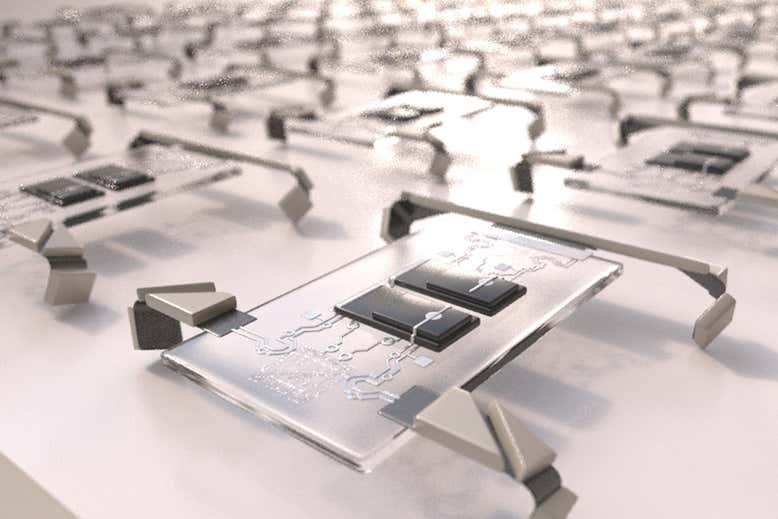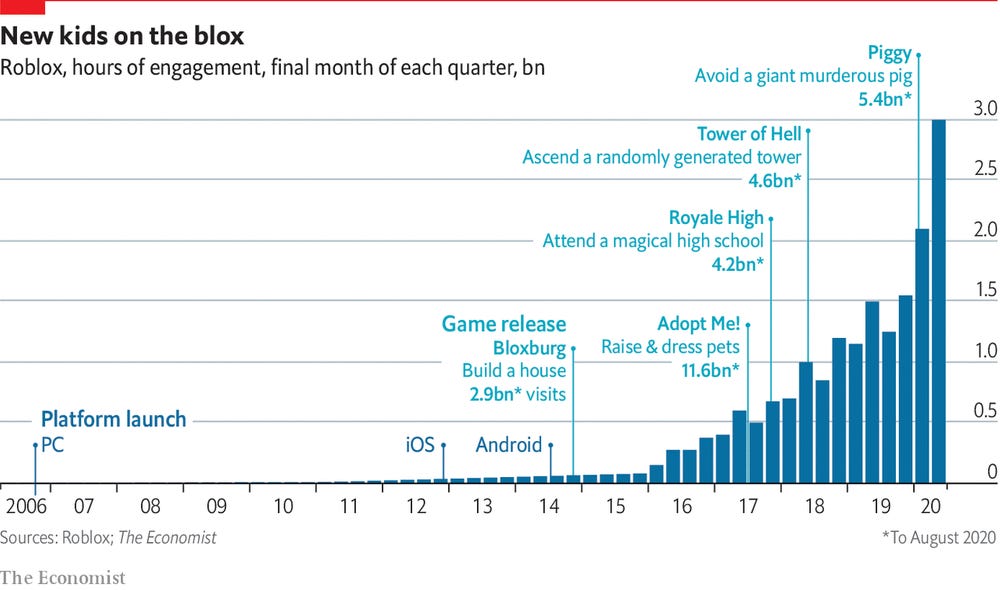Here’s your wrap of the latest technology, innovation, and finance news.
? Robotics
UPenn researchers are building an army of microscopic robots. One day they could help us explore the world, or the human body, at a microscopic scale.
Through a process similar to that used in creating circuit boards, Miskin and his team were able to mass-produce more than a million of the microrobots, each of which is smaller than a tenth of a millimetre and is only visible under a microscope.
Spot has found a new job. Ford Motor Company is using two of the dog-like robots to map out their 200,000 square-metre Van Dyke Transmission Plant in Detroit. The data will be used to create a digital twin of the facility that will help Ford engineers better plan out process improvements, at a lower cost than traditional methods.
Over the years, factory plans get out of date as things are moved around and new equipment is brought in. Surveying the transmission plant by hand would take weeks and cost some $300,000. Ford reckons that Fluffy and Spot, which can both climb stairs and crawl into hard-to-reach areas, will cut the time required by half and complete the job for “a fraction of the cost”.
? Biology
Harvard University researchers are helping mice keep weight off by using gene-editing to turn some of their regular white fat cells into energy-burning brown fat cells (see their paper).
In the future, this technique could potentially be used to treat people affected by obesity and metabolic disorders, says Tseng. It could be possible to remove a small amount of a person’s white fat, engineer it into brown-like fat and re-implant it, she says.
Synthego, an AI-driven gene-editing startup founded by former SpaceX engineers, has raised $100 million.
Synthego’s tools — all of which are cloud-hosted — cover over 120,000 genomes and 9,000 species. They provide guides to knock out genes with ostensibly minimal collateral effects. Underlying machine learning models predict overall editing efficiencies and even the set of mutations created for any given edit. Guide RNAs and cell engineering services for mammalian cell lines, primary cells, and more aid with editing experiments, along with guides that can be modified to resist degradation and prevent damaging immune responses.
? Health
Stanford University researchers have found a way to wake dormant stem cells and grow new cartilage in the joints of arthritic mice (see their paper).
Primitive cells that can be transformed into new cartilage lie dormant at the ends of bones, the researchers reported in Nature Medicine. The cells just have to be awakened and stimulated to grow.
There is no cure for herpes, but we’re one step closer after researchers used gene therapy to significantly decrease latent infections in mice (see their paper).
“This is the first time that anybody has been able to go in and actually eliminate most of herpes in a body,” said Jerome, who is also spearheading research at Fred Hutch and the University of Washington on COVID-19. “It is a completely different approach to herpes therapy than anybody’s ever had before.”
? Gaming
CD Projekt announced a new mobile augmented reality game, The Witcher: Monster Slayer which is reminiscent of Pokémon Go. CD Projekt’s stock rose 7% on the day.
Are you familiar with Roblox? The Economist highlighted the game as one of the biggest entertainment success stories of the pandemic with more than 164 million active users and 2m+ creators.
Roblox is not itself a video game, but rather a game-creation platform. Users can design and build their own games and worlds using icons and pre-fabricated Lego-like blocks, rather than code, and then easily share them with friends.
Felipe Pepe concluded that Roblox is a MUD for the TikTok generation in a fascinating history of MUDs, virtual worlds, and MMORPGs. I spent a good deal of time playing MUDs growing up (and first learnt to program in one), so they’ll always have a special place in my heart. ?
? Renewables
The UK government has reduced its estimate of 2025 wind and solar costs by 30-50%.
The reasons for the renewable cost reductions are well documented. They include technological learning in the industry – with larger, more efficient manufacturing plants for solar and larger turbines for wind – but also operational experience, longer project lifetimes and cheaper finance.
French renewables developer Neoen is planning a $3 billion wind, solar, and storage project in South Australia.
The plan proposes a total of 1,200MW of wind energy, 600MW of solar PV, and 900MW/1800MWh of battery storage, an “extremely large” battery as Neoen describes it that will dwarf the 150MW/194MWh “Tesla” battery known officially as the Hornsdale Power Reserve.
? Finance
Even great scientists like Sir Isaac Newton can get caught up in bubbles.
Newton had a simple explanation for his lapse. At the crucial moment, he’d lost his mind. Or rather, others around him had lost theirs. “I can calculate the motions of the heavenly bodies,” his niece recalled him saying, “but not the madness of the people.”
It must be IPO season! Several companies filed for IPO (or a direct listing) — fintech giant Ant Group, game engine developer Unity Software (S-1), data warehouse company Snowflake (S-1), data analytics company Palantir Technologies (S-1), work management tool Asana (S-1), business intelligence software company Sumo Logic (S-1), and developer tool company JFrog (S-1).
⚡ Other Snippets
DARPA’s AlphaDogfight trials concluded with an AI pilot winning a flawless victory against a highly-trained US Air Force F-16 pilot.
Stratechery wrote a good summary of why Australia’s News Media Bargaining Code makes no sense.
Google released the alpha version of Jetpack Compose, which promises to let Android developers write apps with dramatically less code.
K-pop continues to break YouTube viewing records with BTS’s new music video for Dynamite racking up 98 million views within 24 hours. This surpassed previous record Blackpink which saw 86 million views within 24 hours for How You Like That back in June.
Kurzgesagt explained the basics of asteroid mining.^
^ Well, kind of… As Troy McCann, founder of space startup accelerator Moonshot, correctly points out, asteroid mining will focus on the use of the materials in space, not on earth, given materials in space are always more valuable than those on earth as they embed the cost to get the material there. As such, this video doesn’t really represent early asteroid mining efforts which are more likely to focus on water in space rather than delivering material to earth.







